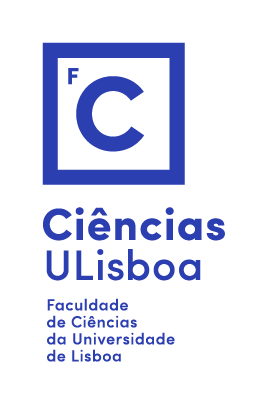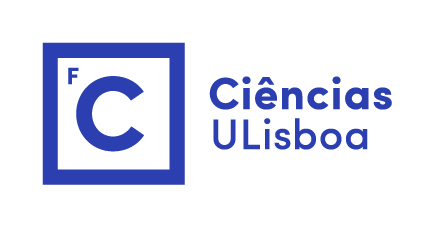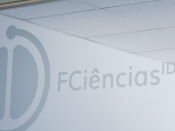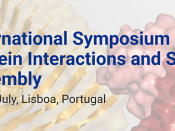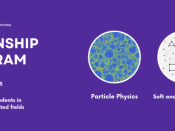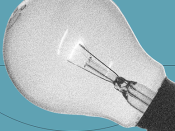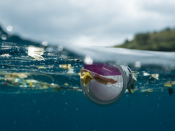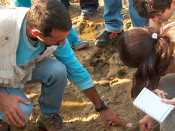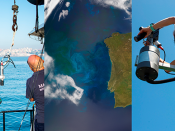Climate Change Impacts on Coastal Dunes
Por Daniela Rato (Instituto de Ciências Sociais da Universidade de Lisboa - ICS).
Abstract: The coast of mainland Portugal has an extension of 950 km and a diverse morphology. Sand beaches with coastal dunes have the highest risk and vulnerability impacts to climate change impacts. It is projected a loss of 67% of this territory during the next years. Which are the impacts of climate change on coastal dunes? Which are the associated variables of these impacts? How have coastal dunes evolve in the past years? Which contributions coastal communities can give? These are some questions that will be answered under a research project of a PhD in Doctoral Program on Climate Change and Sustainable Development Policies. The research is still at the design stage, so the purpose of this session will be to share some ideas and most of all to receive some grants.
Converting Tailings into Mineral Resources: New Source of Critical Raw Materials?
Por Alexandra Escobar (Instituto Dom Luiz - IDL).
Abstract: Over the past 15 years, the mining industry has begun to incorporate the concept of sustainable mining and life cycle assessment and has begun to be aware of the life cycle of mineral operations. Over the same period, the industry has seen a gradual decrease in ore grades for many mineral commodities and a gradual increase in the vulnerability of many raw material’s supply. Large volumes of tailings and mine waste rock are being produced around the world, and it is expected that the annual production volumes of these materials will increase, even if there was not a significant increase in the demand for materials. ETN–SULTAN project (H2020), at the IDL/Ciências-ULisboa, aims to perform a physical, mineralogical and geochemical characterization of the Neves Corvo Cu-Zn tailings (potential for Cu & Zn and possibly for by-products such as Ag, Au, In, Se). The resource potential for reprocessing and speciation of Cu-Zn tailings for future mining and remediation of base metal tailings finalized at the Neves Corvo mine will be assessed within a holistic geometallurgical model.
Estimation of Future Trends of Groundwater Quality in Vulnerable Zones to Nitrates from Agricultural Sources
Por Joel Zeferino (Instituto Dom Luiz - IDL).
Abstract: European Directive 91/676/EEC of 12 December 1991 (Nitrate Directive, ND) has the objectives to reduce water pollution caused or induced by nitrates from agricultural sources and define Nitrate Vulnerable Zones to prevent the spread of such pollution, where minimization measures must be applied. The effectiveness of the measures was evaluated predicting the time required for the groundwater body reach the quality, i.e., less than 50 mg/L for dissolved nitrates. To predict the time required for groundwater reaches the environmental objectives, flow and nitrates transport modelling was performed, using the FEFLOW software. The aquifers were simulated in 3D, applying a finite element mesh, with different NO3 mass input for mass transport simulations. The transient simulations of nitrate transport shows that the minimization measures imposed in the Nitrate Vulnerable Zones are being effective, however, the persistence of concentrations above 50 mg/L in some areas is notorious, even in the next 25 years.
